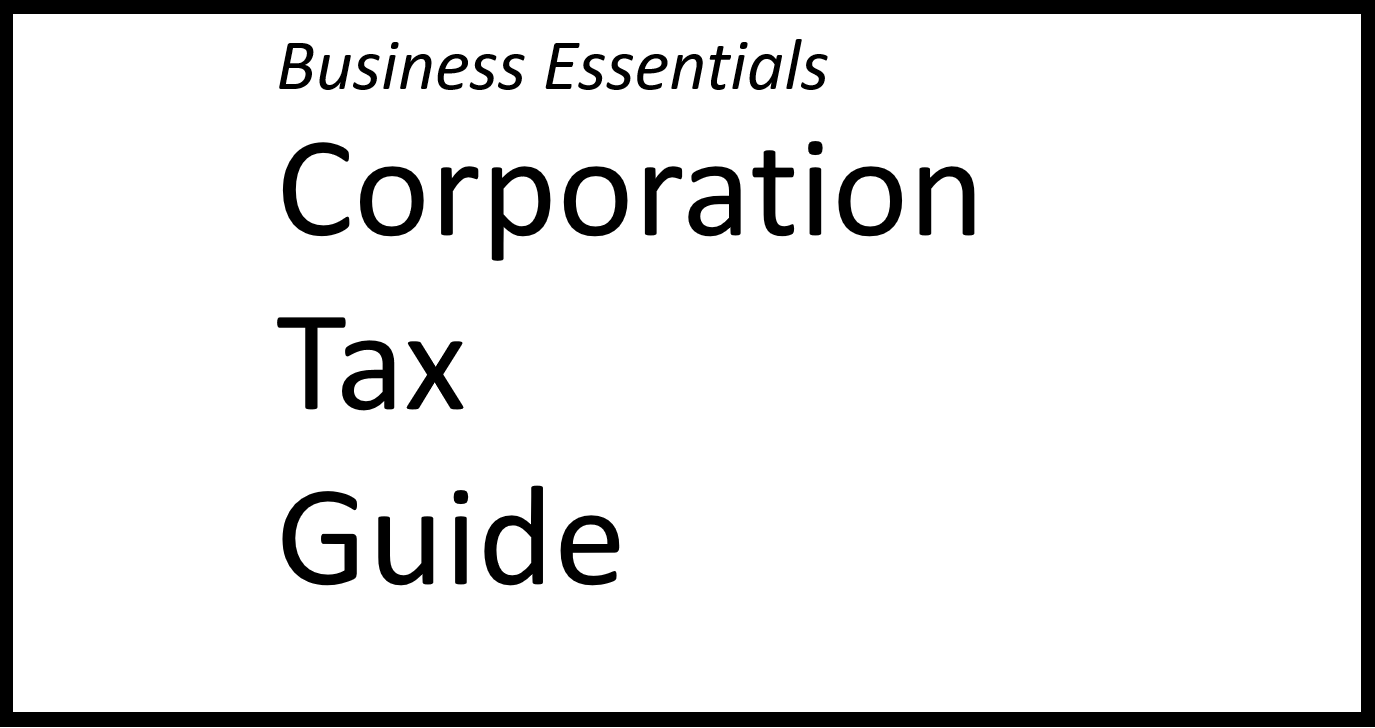
The Accounting Studio guide to
Corporation Tax
Corporation tax is a tax paid by companies on its profits made by the company
How is corporation tax calculated?
Corporation tax takes the profits made by the business (your income and sales, less your expenses, purchases, wages etc).
The profits are then adjusted according to the rules set out by HMRC to give you the taxable profit of the company.
An example of the sort of adjustment that may be made is that entertaining of clients is not a tax deductible expense, so needs to be excluded from the calculation.
The taxable profits are taxed at the prevailing rate of tax, currently 19%.
How is corporation tax reported?
Each year, at the end of the company year a corporation tax return (a CT600 form) needs to be submitted.
HMRC have a pretty crazy rule, which says that the deadline for filing the corporation tax return is 12 months after the year end. HOWEVER…The deadline for paying the corporation tax is 9 months and 1 day.
As the deadline for filing the company accounts is also 9 months and 1 day after the company year end, and the accounts need to have an accurate corporation tax figure in, the upshot is that the effective date for your corporation tax is 9 months and 1 day
How is corporation tax paid?
Each year, at the end of the company year end HMRC will write to you telling you that you need to file a corporation tax return.
KEEP THIS LETTER!
Or at least take a photo of it – you may well need it in the future.
On this letter there will be a code which you will need in order to pay your corporation tax.
There are a variety of ways to pay corporation tax: https://www.gov.uk/pay-corporation-tax
What do you need to file the CT600
The key thing you need is your unique taxpayer reference (UTR). This will be buried in the letter mentioned above that HMRC have sent you.
If you haven’t kept the letter there are quite a few different ways to find out your UTR, including calling HMRC (allocate quite a long time to be on hold), or request it be sent by post to your registered office (https://www.tax.service.gov.uk/ask-for-copy-of-your-corporation-tax-utr).
Anything else that you need to know?
If you have an overdrawn director’s loan account, you may have to pay an extra charge. We’ve written about it here: Overdrawn Director’s Loan account
In the first year it is more than likely you will need to file two corporation tax returns. Where your year is longer than 365 days the corporation tax return is split into two periods. The first return is the first 365 days, and then the remainder in the second return. It has absolutely no impact on the amount of tax your pay – its just an administrative wrinkle we have to work with.
You will have to make two payments though, one for each tax return.




